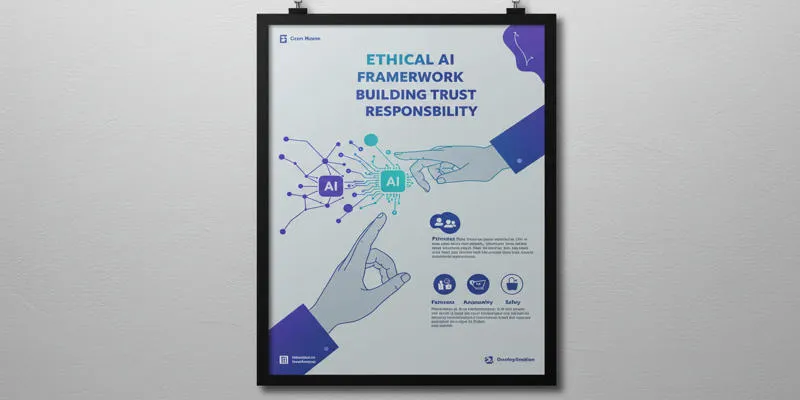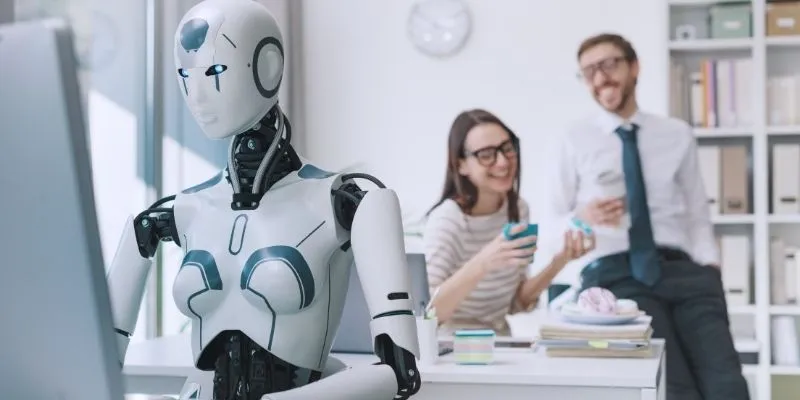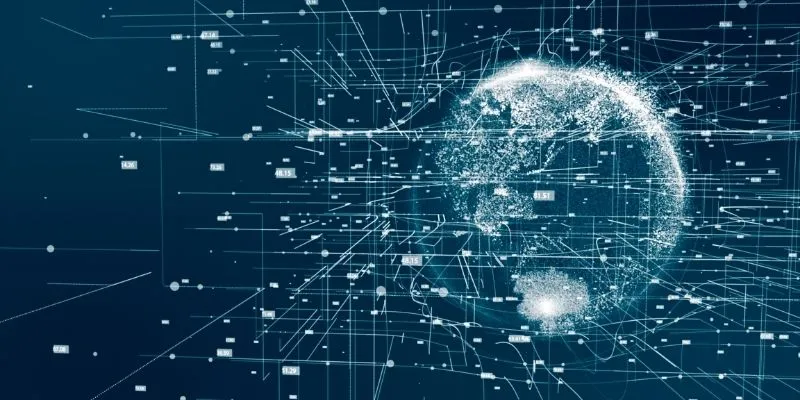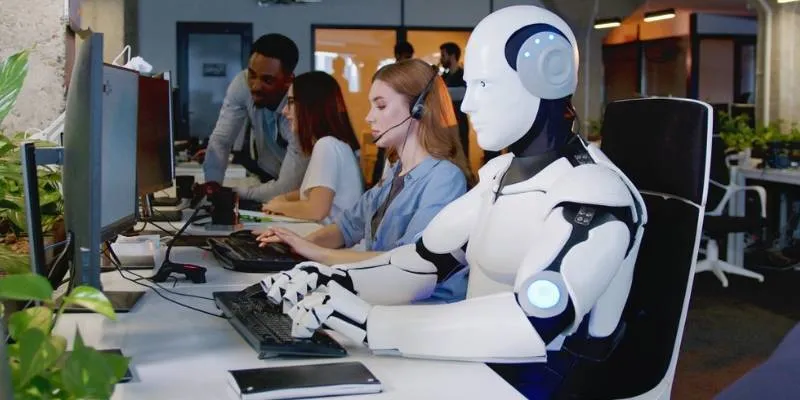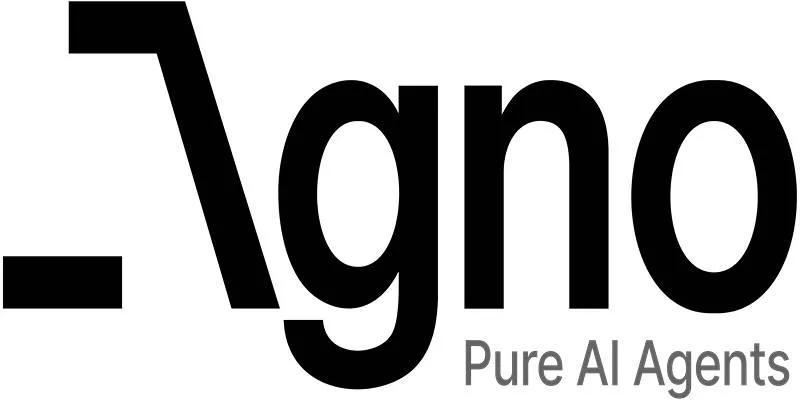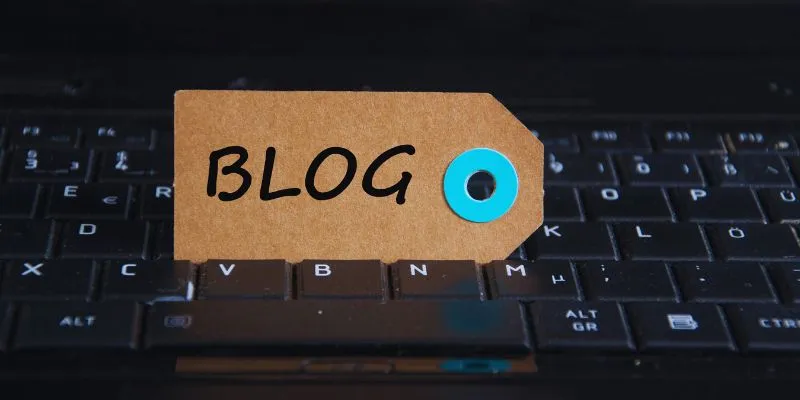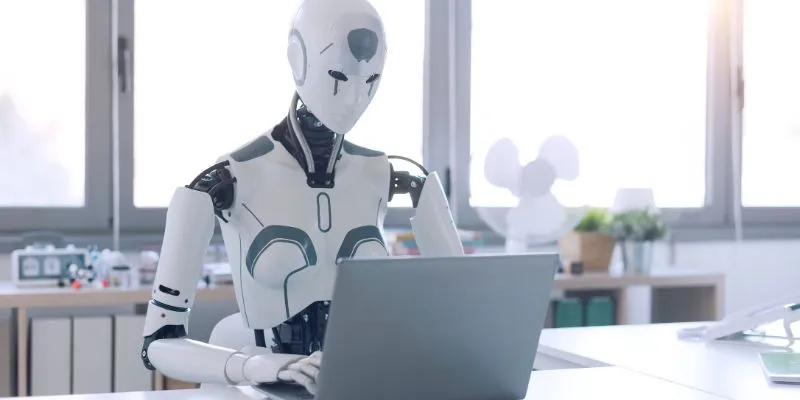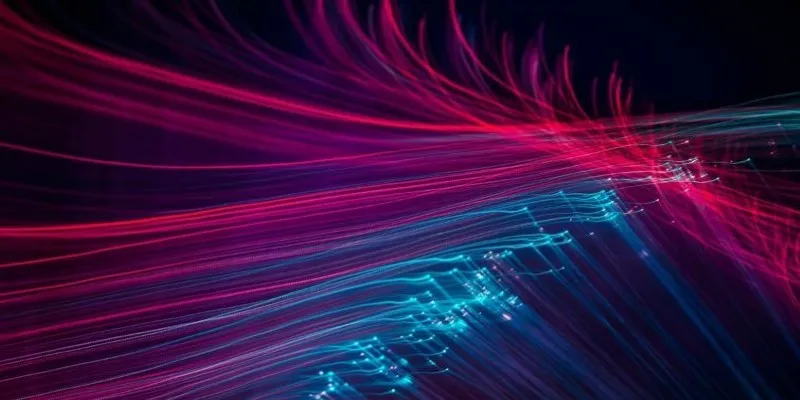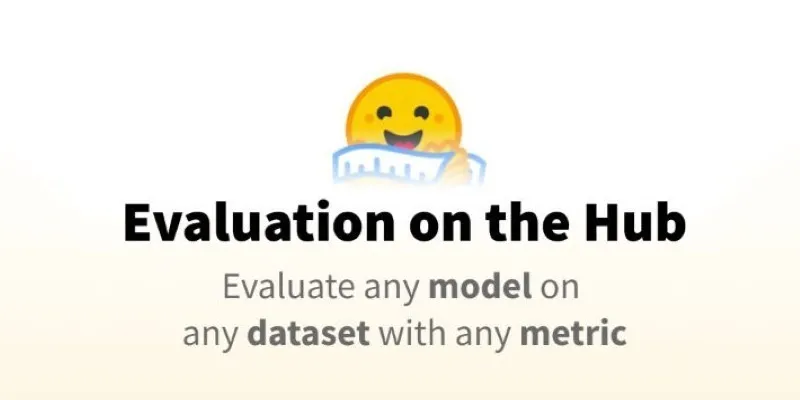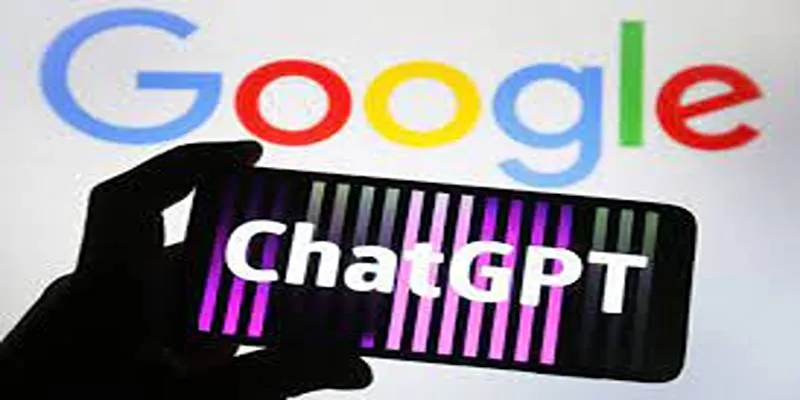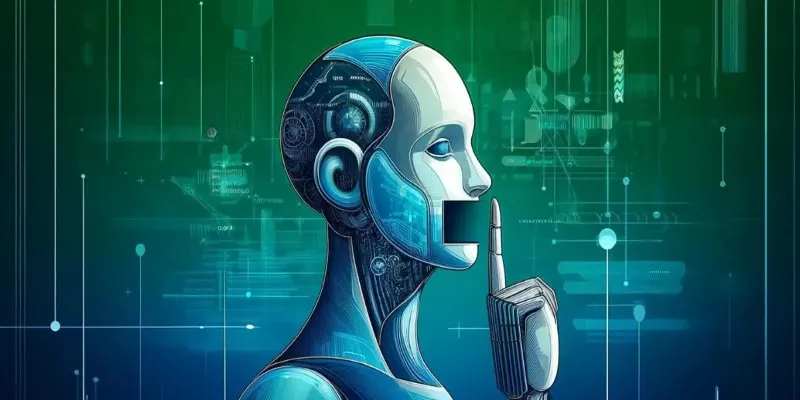In recent years, artificial intelligence has shifted from an abstract concept to a deeply integrated part of how creative industries work. Nowhere is this more obvious than in fashion, where AI models are changing how we visualize, design, and present new styles. One particular model, Generative Adversarial Networks (GANs), has carved out a unique place in fashion innovation.
These aren’t just algorithms; they’re digital artists capable of producing original, high-quality fashion images from scratch. What makes them especially compelling is how intuitive and visual they are, turning data into visual stories. Let’s explore how GANs are being used to generate fashion images and why it’s more than just a trend.
Understanding How GANs Work in Fashion
To grasp why GANs have become so important in the fashion world, it helps to understand how they function. At their core, GANs consist of two neural networks—the generator and the discriminator—working in tandem. The generator tries to create images while the discriminator evaluates them. Over time, this push-and-pull dynamic leads to the generation of highly realistic images resembling actual fashion photographs or sketches.
What makes this particularly exciting for the fashion industry is the ability of GANs to learn from vast datasets of clothing styles, runway photos, and even historical fashion archives. By training a GAN with this type of material, it can start to gain a sophisticated sense of color palettes, fabric texture, silhouette trends, and even cultural fashion signals. This leaves endless potential—both for graphic experimentation and for reducing the time and resources normally required in the design process.
Another advantage is the creative freedom GANs offer. Unlike traditional design software that relies heavily on user input, GANs can autonomously produce unexpected combinations and entirely new patterns. This kind of digital serendipity can inspire designers, help forecast trends, and democratize fashion design for creators without access to expensive resources or tools.
Step-by-Step Process of Fashion Image Generation
The process of generating fashion images using GANs may seem complex, but it follows a structured sequence that ensures quality and relevance. It begins with data collection—thousands or even millions of fashion images are gathered to form a comprehensive training set. These could include outfit photos, textile samples, and even accessory details. The variety and quality of this dataset significantly influence the final output of the model.

Next comes preprocessing. Images are standardized in terms of size, format, and resolution. They’re also labeled to include metadata like clothing type, season, or color scheme. This step ensures the model understands context, which helps produce more coherent and visually appealing results.
The training phase is where the magic happens. The generator starts creating fake fashion images while the discriminator tries to distinguish them from real ones. Early outputs are usually blurry or distorted, but as training progresses, the quality improves dramatically. The generator gets better at mimicking details—such as how a fabric folds or how light reflects off sequins—until its outputs become indistinguishable from real photographs.
Once trained, the GAN can start producing new fashion images. Designers can specify certain attributes—such as “autumn wear, with muted earth tones and flowing silhouettes”—and the GAN will generate multiple variations that fit that description. These images can be used for mood boards, virtual fashion shows, online catalogs, or even as a starting point for physical prototypes.
In some cases, post-processing tools are applied to further refine the GAN-generated images. These might include color correction, background editing, or layering different garments to test combinations. While the model does much of the heavy lifting, human oversight ensures the final visuals meet professional standards.
Use Cases and Real-world Applications
Fashion houses and tech startups are finding creative ways to use GANs. Some brands generate images to preview seasonal collections before production begins. This saves time and costs while allowing greater flexibility. If a look isn’t working, it can be revised digitally rather than reworked in the studio.
E-commerce platforms benefit, too. Online stores use GAN-generated images to display product variations—different colors, patterns, or fabrics—without multiple photoshoots. This speeds up listings and adds visual depth to the customer experience.
Trend forecasting is another area of growth. GANs simulate emerging styles by analyzing historical data and current preferences, helping predict what consumers might want next season. This helps fast fashion brands move quickly from concept to shelf.
Fashion schools are including GAN tools in their curriculum. Students experiment with digital design in ways that weren’t possible a decade ago. They can prototype collections on screen, understanding the effects of color, structure, and pattern before touching a sewing machine.
There’s also potential in virtual try-ons and augmented reality. GANs may not directly render these experiences, but the images they create often help train other AI tools that power digital fitting rooms. This mix of technologies is shaping a more interactive future for fashion retail.
Challenges, Limitations, and the Future Outlook
While the capabilities of GANs are impressive, they’re not without challenges. One issue is data bias—if the training dataset lacks diversity, the model may produce homogenized results, ignoring lesser-known styles or underrepresented cultures. Addressing this requires more inclusive data collection and thoughtful labeling.

Another concern is originality. Since GANs generate content based on what they’ve learned, there’s a risk of derivative or overly familiar outputs. They don’t “understand” fashion in a human sense—they predict patterns based on probability. This can lead to uncanny results or looks that are technically correct but lack soul.
Then there’s the ethical question of authorship. Who owns a design created by a machine trained on thousands of existing works? As GAN-generated fashion grows, legal frameworks and creative credit systems will need to adapt.
New variants, such as StyleGAN and conditional GANs, are pushing boundaries, enabling finer control over generated images. The integration of GANs with models like natural language processing is also promising. Imagine describing an outfit in words and watching it appear on your screen in seconds.
As tools become more accessible and intuitive, broader adoption is likely—by global brands, independent designers, and hobbyists alike.
Conclusion
GANs are transforming the way fashion is designed and shared. What used to take weeks can now be done in minutes, thanks to AI that learns and adapts. From concept visuals to online retail, their influence is wide. This doesn’t mean replacing designers—it’s about giving them new tools. As GANs improve, the gap between digital and physical fashion narrows, shaping a future where style is both created and computed.
 zfn9
zfn9



